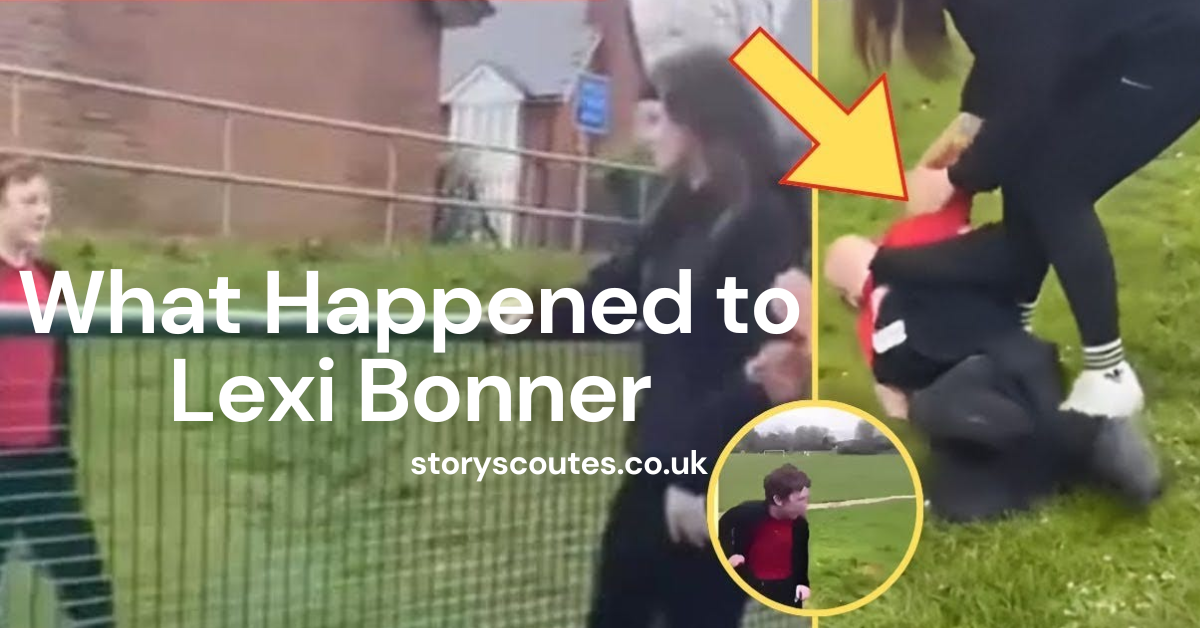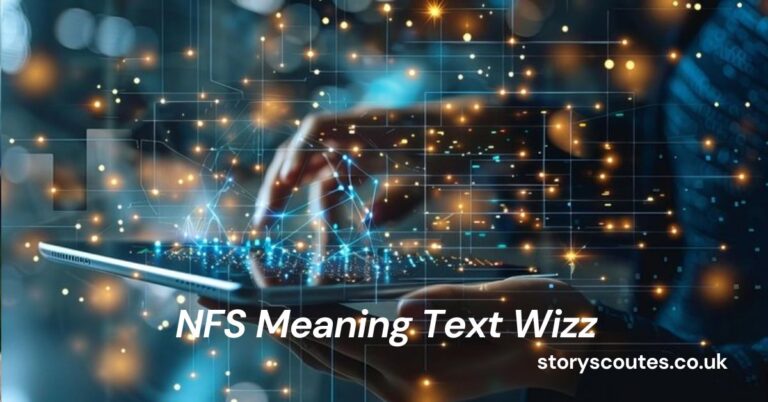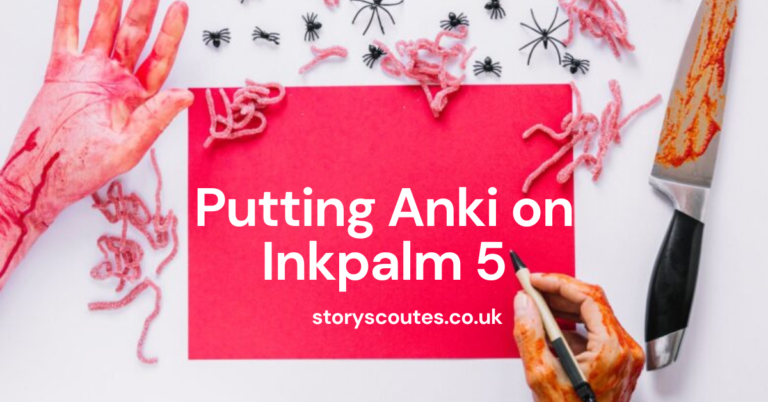What Happened to Lexi Bonner – Truth Behind the Viral Story
In recent weeks, social media has been abuzz with claims about a young girl named Lexi Bonner. Rumors and speculation have spread rapidly, leaving many people wondering: what happened to Lexi Bonner? This article aims to provide a comprehensive and factual account of the situation, separating truth from fiction and offering valuable insights into the broader issues at play.
The Initial Claims
The story of Lexi Bonner first gained traction on various social media platforms, particularly TikTok and Instagram. Users shared posts claiming that Lexi, a teenager, had been attacked by a group of girls and was hospitalized with multiple stab wounds. These posts spread quickly, garnering thousands of shares and comments from concerned individuals across the United States.
Investigating the Facts
As the story gained momentum, it became clear that there was a need to separate fact from fiction. Here’s what our investigation revealed:
1. No Verified Incident
Despite extensive searching, no credible news sources or law enforcement agencies have reported an incident involving a girl named Lexi Bonner being stabbed or hospitalized. This lack of official confirmation is a significant red flag.
2. Misidentification in Video
A video circulating online, which some claimed showed the attack on Lexi Bonner, has been debunked. The individual in the video is not Lexi, and the footage appears to be unrelated to any incident involving her.
3. No Hospital Records
Attempts to verify hospital admissions for a patient matching Lexi Bonner’s description have come up empty. While patient privacy laws limit the information hospitals can share, the complete absence of any corroborating evidence is telling.
4. Social Media Accounts
Searches for social media accounts belonging to Lexi Bonner that match the descriptions in the viral posts have yielded no results. This further suggests that the story may be fabricated or based on misinformation.
The Power of Social Media Misinformation
The rapid spread of the What Happened to Lexi Bonner highlights the incredible power of social media to disseminate information – both true and false. In an age where anyone can share content that reaches millions, it’s crucial to approach viral stories with a critical eye.
Why Do False Stories Spread?
Several factors contribute to the viral nature of stories like Lexi Bonner’s:
1. Emotional Appeal: Stories involving harm to young people naturally evoke strong emotions, prompting users to share without verifying.
2. Fear of Missing Out (FOMO): The urgency created by such posts makes people feel they need to spread the word quickly.
3. Echo Chambers: Social media algorithms often show users content similar to what they’ve engaged with before, reinforcing existing beliefs.
4. Lack of Media Literacy: Many users struggle to distinguish between credible and unreliable sources online.
The Importance of Fact-Checking
The Lexi Bonner case serves as a stark reminder of the importance of fact-checking before sharing information online. Here are some steps everyone can take:
1. Check Reputable Sources: Look for coverage from established news organizations.
2. Verify Official Statements: Check if law enforcement or relevant authorities have commented on the incident.
3. Be Wary of Sensational Claims: If a story seems too shocking or unlikely, it may well be false.
4. Use Fact-Checking Websites: Sites like Snopes.com and FactCheck.org specialize in debunking false claims.
5. Consider the Source: Evaluate the credibility of the account or website sharing the information.
The Impact of False Information
While the What Happened to Lexi Bonner appears to be unfounded, the spread of such misinformation can have real-world consequences:
1. Wasted Resources: Law enforcement and journalists may spend valuable time investigating false claims.
2. Emotional Distress: People who believe the story may experience genuine fear and anxiety.
3. Erosion of Trust: Repeated exposure to false information can make people more skeptical of genuine news.
4. Potential Harm: In some cases, false accusations can lead to real-world harassment or violence against innocent individuals.
Lessons Learned from the What Happened to Lexi Bonner
The viral spread of the What Happened to Lexi Bonner offers several important lessons:
1. Critical Thinking is Crucial: In the age of social media, it’s more important than ever to approach information with a skeptical and analytical mindset.
2. Verification Before Sharing: Taking a few moments to fact-check before sharing a post can prevent the spread of misinformation.
3. The Power of Correction: When false information is identified, it’s important to correct it and share accurate information widely.
4. Media Literacy Education: There’s a growing need for comprehensive media literacy education to help people navigate the complex digital information landscape.
Moving Forward: Creating a More Informed Society
While the What Happened to Lexi Bonner turned out to be unsubstantiated, it serves as a valuable learning opportunity. By improving our collective ability to identify and combat misinformation, we can create a more informed and resilient society.
Here are some steps we can take:
1. Support Quality Journalism: Subscribing to reputable news sources helps fund thorough investigative reporting.
2. Promote Media Literacy: Advocate for media literacy programs in schools and communities.
3. Use Social Media Responsibly: Be mindful of what you share and engage with online.
4. Encourage Critical Thinking: Foster environments where questioning information and seeking verification is valued.
Conclusion
The case of What Happened to Lexi Bonner serves as a stark reminder of how quickly misinformation can spread in today’s digital age. While the story of her alleged attack appears to be unfounded, the lessons we can learn from this incident are very real. By approaching online information with skepticism, verifying claims before sharing, and promoting media literacy, we can all play a part in creating a more informed and responsible digital community.
As we move forward, let’s use the What Happened to Lexi Bonner as a catalyst for positive change, inspiring us to be more discerning consumers and sharers of information. In doing so, we can help ensure that genuine stories of injustice and need receive the attention they deserve, while protecting ourselves and others from the harmful effects of misinformation.
FAQs About the What Happened to Lexi Bonner
Is there any truth to the claims about Lexi Bonner being attacked?
As of now, there is no credible evidence to support the claims about Lexi Bonner being attacked or hospitalized. The story appears to be a case of viral misinformation.
Why did the What Happened to Lexi Bonner spread so quickly?
The story spread rapidly due to its emotional appeal, the urgency of the claims, and the tendency of social media users to share without verifying information.
How can I fact-check stories like this in the future?
You can fact-check by looking for coverage from reputable news sources, checking official statements from authorities, using fact-checking websites, and considering the credibility of the original source.
What should I do if I’ve shared false information online?
If you realize you’ve shared false information, it’s best to delete the post and share a correction. This helps stop the spread of misinformation.
Are there any real-world consequences to sharing false stories like this?
Yes, sharing false stories can lead to wasted resources, emotional distress, erosion of trust in genuine news, and in some cases, real-world harm to innocent individuals.
How can we prevent the spread of similar false stories in the future?
Prevention involves improving media literacy, promoting critical thinking, fact-checking before sharing, and supporting quality journalism.
What lessons can we learn from the What Happened to Lexi Bonner?
The main lessons are the importance of critical thinking, the need for verification before sharing information, the power of social media in spreading both true and false information, and the crucial role of media literacy in today’s digital age.






